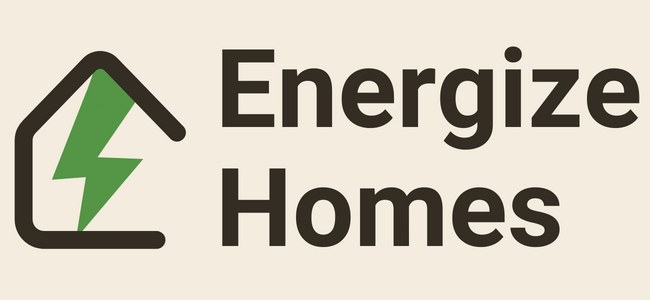Cutting-Edge Insulation Materials You Should Know About in 2023
In a nutshell, advanced materials like aerogels, VIPs, and PCMs are revolutionizing the insulation market with their superior thermal performance and versatility.
The thermal performance of a building envelope is crucial to achieving energy efficiency, limiting heat loss, and reducing operational costs in homes. As we continue to advance in technology, novel materials have entered the market to provide superior insulation capabilities. This article aims to delve deep into the latest innovative insulation materials that are revolutionizing the market in 2023.
Aerogel Insulation
Aerogels are ultra-light materials made from a gel where the liquid component is replaced with gas. These substances offer exceptional thermal performance, with an extremely low thermal conductivity of around 0.015 W/m·K. The high porosity and low density make aerogels a near-perfect thermal insulator, especially suitable for retrofitting applications where space is at a premium.
| Parameter | Value |
|---|---|
| Thermal Conductivity | 0.015 W/m·K |
| Density | 0.2–0.5 g/cm³ |
| R-value per Inch | ~20 |
Vacuum Insulated Panels (VIPs)
Vacuum Insulated Panels are composite insulation boards with a vacuum-sealed core, typically of fumed silica. VIPs offer thermal conductivities as low as 0.004 W/m·K, making them one of the most effective insulators available today. However, their performance can degrade over time due to vacuum loss.
| Parameter | Value |
|---|---|
| Thermal Conductivity | 0.004 W/m·K |
| Density | ~200 kg/m³ |
| R-value per Inch | ~50 |
Phase Change Materials (PCMs)
Phase Change Materials are substances that store and release thermal energy during phase transitions. By utilizing latent heat, PCMs help to stabilize indoor temperatures. They are often integrated into drywalls or concrete and are especially useful in applications with variable thermal loads.
| Parameter | Value |
|---|---|
| Latent Heat Storage | 150–200 J/g |
| Density | Varies |
| R-value per Inch | Varies |
Advanced Polyurethane Foams
Polyurethane foams infused with nano-materials such as graphene or carbon nanotubes are pushing the boundaries of thermal insulation. These additives improve the foam’s mechanical strength and decrease thermal conductivity to levels around 0.018 W/m·K.
| Parameter | Value |
|---|---|
| Thermal Conductivity | 0.018 W/m·K |
| Density | 30–60 kg/m³ |
| R-value per Inch | ~14 |
Textile-based Insulation
Utilizing natural or synthetic fibers, textile-based insulation offers not only good thermal properties but also effective sound insulation. These materials are often treated with flame-retardant substances and are used for applications that require flexibility.
| Parameter | Value |
|---|---|
| Thermal Conductivity | 0.03–0.05 W/m·K |
| Density | Varies |
| R-value per Inch | ~3.5 |
Conclusion
While traditional insulators like fiberglass and mineral wool are still widely used, new materials such as aerogels, Vacuum Insulated Panels, and Phase Change Materials are breaking new ground with unprecedented levels of thermal resistance. These innovative materials, often featuring advanced nano-technologies and unique molecular structures, offer significant advantages in terms of thermal performance and adaptability.
